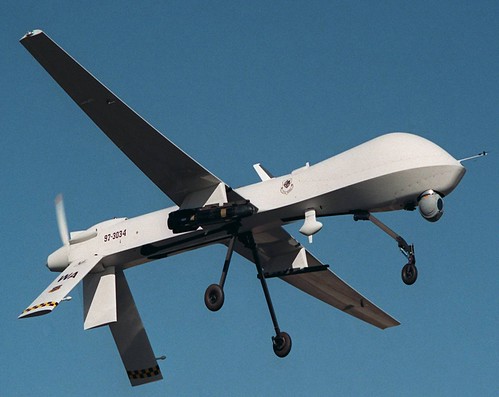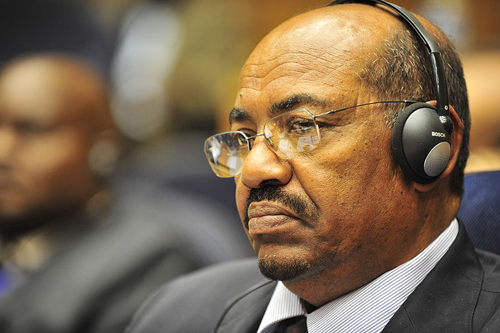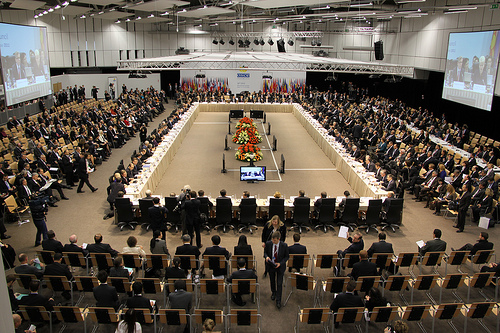
The final years of the cold war in the 1970s-1980s were dominated by nuclear issues, including the nuclear arms-race, Trident, the Soviet SS-20 missile and the cruise-missiles deployed at Greenham Common and elsewhere. Within that controversial period there were some remarkable technical developments that have a huge relevance decades later, one of them being the long-range cruise-missile itself.
Many of these were nuclear-armed, but even more were conventionally-armed. A great number was used in the attacks of January-February 1991 againstthe Iraqi forces that had occupied Kuwait. The crucial element was the production of small, super-efficient turbo-fan engines that could propel the craft over 1,500 kilometres or more. These also had advanced-guidance systems, including Tercom (terrain-contour-matching) that enabled remarkable accuracy of less than twenty metres over that range. They were, however, self-contained – their pre-programmed onboard computers did all the work, so the target coordinates could not be changed after launch.




